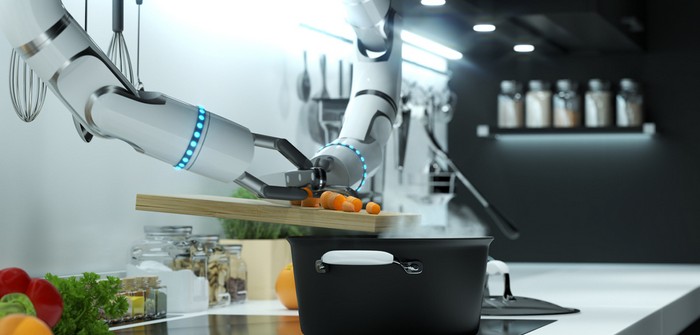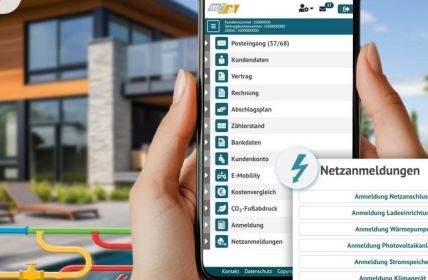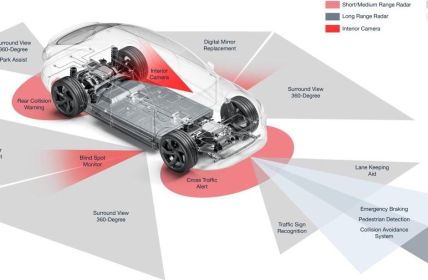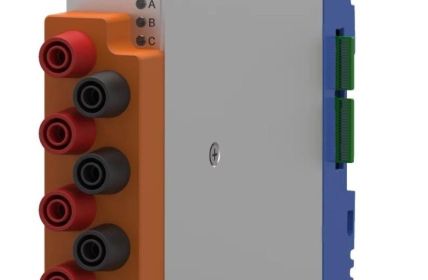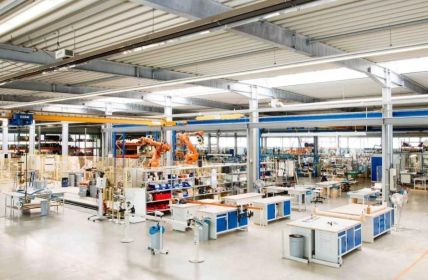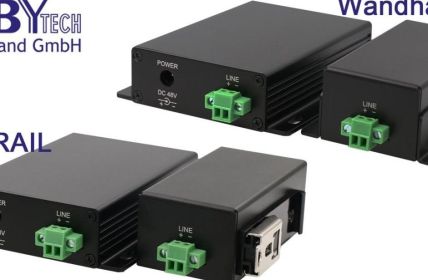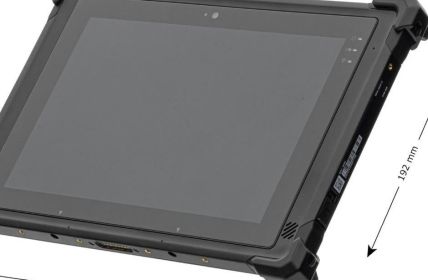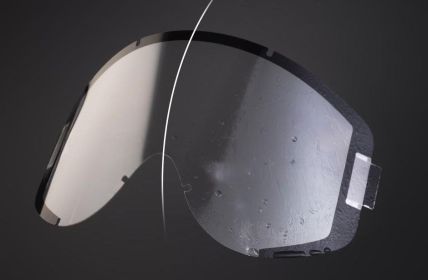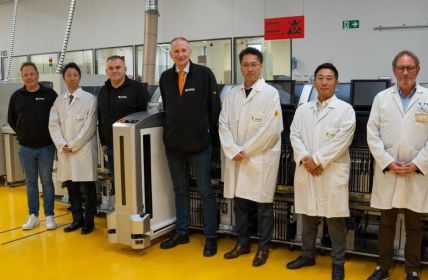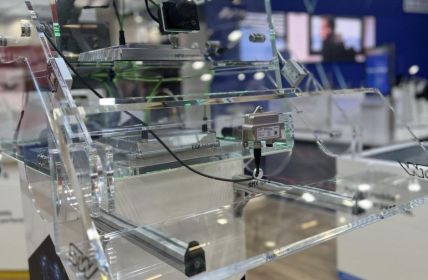For years, there seems to have been no end to the reports about gastro businesses falling into economic crises. IoT projects between the food industry and IT companies are increasingly developing possible solutions to this.
Table of Contents: What awaits you in this article
Gastronomy in crisis
When the lockdown was enacted, it was foreseeable early on that the foodservice industry would be among the main victims of the crisis. The close contact of hosts and servers with customers, among employees, and between operators and suppliers was readily and often hyped in the food and events sector as a key driver in the pandemic. The consequences have been disastrous. Businesses that rely on regular customer traffic for their infrastructure were left with empty tables and rooms for months on end. Contracts with landlords and suppliers were rarely adaptable at short notice. Many tried to keep their businesses going with out-of-home businesses, with manageable success.
Gastro: IoT against lockdown damage
But an even bigger problem was maintaining the cold chain during the forced closure. How were staff, who were looking for new non-prohibited ways to earn money early on due to the crisis, to ensure that food that had already been delivered or was still to be refrigerated did not spoil? The Swiss IT company copebit offered the Lucerne restaurant Mill F’euille a suitable solution for this. Temperature sensors were installed in refrigerators and freezers and networked with copebit’s LowPower network. Using a dashboard, the restaurant owners could now check the status of their goods in real time at any time. Any malfunctions immediately triggered alarms to prevent major damage.
Gastro crisis: Robots against employee shortage
Another factor explaining the woes of many gastro businesses is a phenomenon that many other economic segments also lament. With an aging workforce, challenging work schedules and comparatively low salaries, attracting new talent is a constantly recurring problem, and not just in this segment.
Spyce. com seems to have found an elegant solution to this. The Boston-based company, founded by four MIT students, has developed a restaurant by allowing customers to select in advance online which dish they would like to have on the spot and in what form. The low-cost meals are prepared and served by programmed and networked kitchen equipment in a very short time. The robots also ensure compliance with common hygiene standards through their self-cleaning capabilities.
Gastro crisis: IoT against time pressure
The hallmark of most businesses in the foodservice industry is a constant time crunch. Customers expect their orders to be delivered in a timely manner after their food requests have been received quickly and completely. The expanding delivery service mentality is visibly increasing this pressure. On the other hand, as kitchens grow while staffing levels remain the same or even decrease, the pressure on remaining employees increases. More and more unusual dishes, which meet more and more intolerances, have to be delivered in ever shorter time intervals with the same or even increasing quality. At the same time, occupational health and safety and hygiene guidelines are not to be neglected. Often this seems to many, like the proverbial squaring of the circle.
The Maschinenfabrik Kurt Neubauer GmbH offers to remedy this situation. For years, the Wolfenbüttel-based company has been developing multifunctional technology solutions for professional kitchens worldwide to simplify workflows. In conjunction with Telekom cloud technology, for example, kitchen appliances have recently been networked with recipe instructions so that customers can order their dishes in the familiar quality at the touch of a button. This not only saves time and money, but also minimizes staffing requirements. User data can also be collected, stored and analyzed, which can provide enormous potential for customer-specific innovations. But resource consumption in terms of water and electricity can also be optimized in this way. Equipment cleaning and room hygiene conditions can also be monitored.


